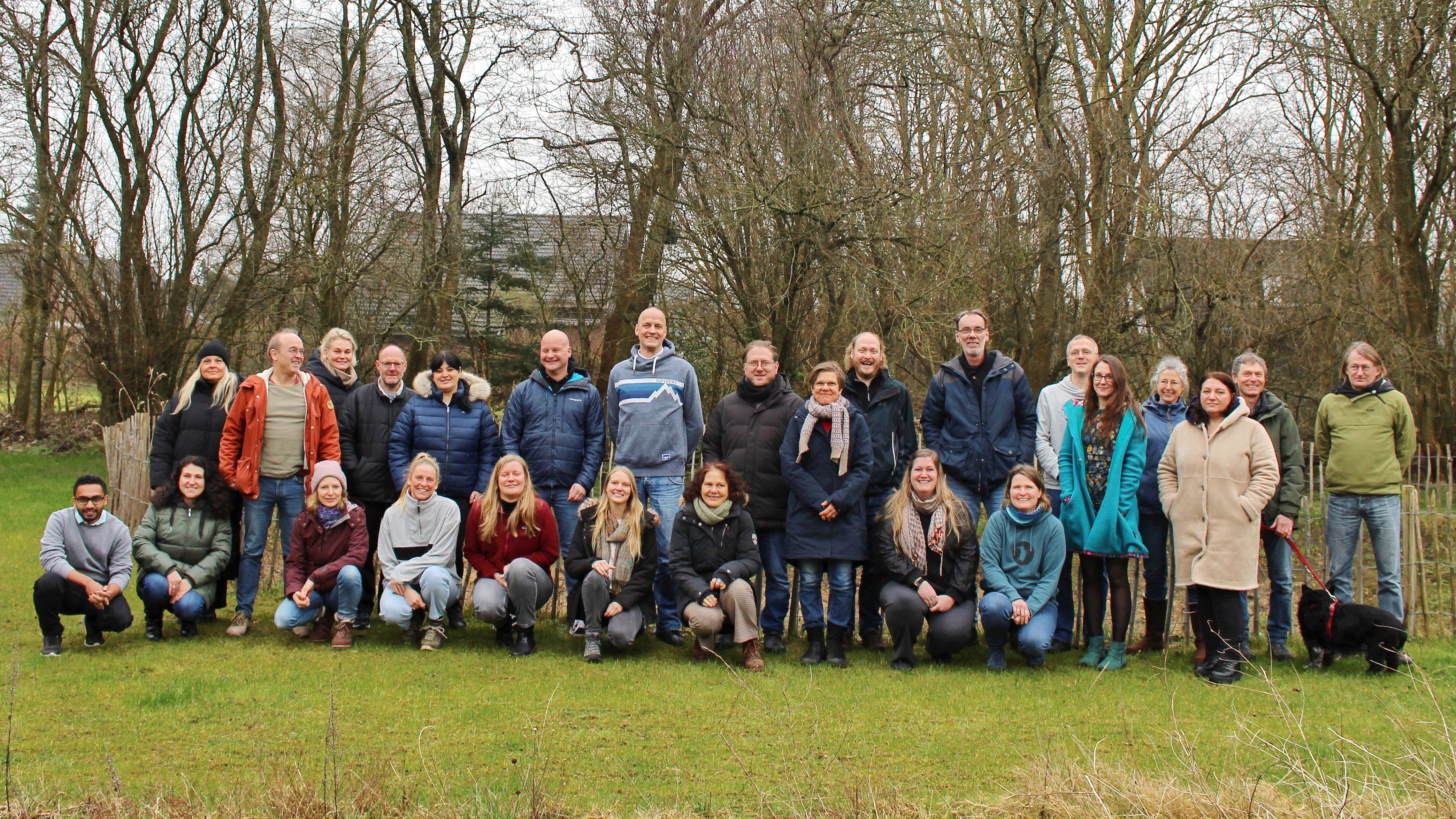Today, ten years later, digital surveys are the standard for monitoring seabirds and marine mammals in Germany and other European countries. They have largely replaced observer flights, which involve counting from the aircraft.
Since 2014, BioConsult SH has evaluated almost 1000 HiDef survey flights. In many international projects, we also work closely with our partner companies HiDef Aerial Surveying Ltd and Biotope in planning flights and analysing data. We are meanwhile actively involved in projects in 10 countries.
In digital surveys, the sea surface is filmed using high-resolution cameras and the footage is then analysed in the office. The surveys serve, for example, to collect data for environmental assessments for the implementation of offshore wind farms or other infrastructure projects. The method is also used for monitoring as part of research projects.
“Our thanks go to all those who have supported us in this successful work in recent years,” says Dr Georg Nehls, Managing Director of BioConsult SH. “These include our partners Bioflight A/S and Prop Express Scandinavia ApS, but above all our employees and freelancers in the team who organise the flights and evaluate the footage.”
In addition to now 50 colleagues in the office, more than 25 freelance ornithologists and experts in marine mammals work in an international team to analyse the HiDef survey flights.
An anniversary is also an occasion to look ahead. Technical innovations and changing requirements have been constant companions in recent years and will continue to be in the future.
“We will continue to further develop in the coming years and adapt our methods to the current state of the art and legal requirements,” says Dr Georg Nehls. “In this way, we will maintain our commitment to providing reliable environmental data from offshore areas.”

